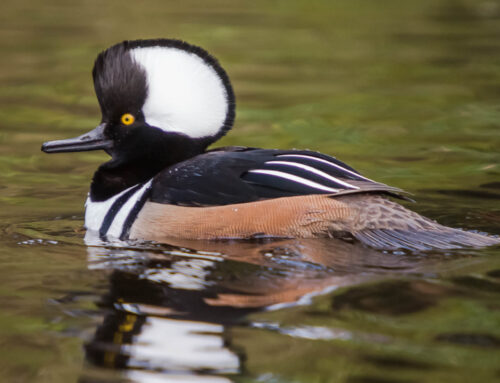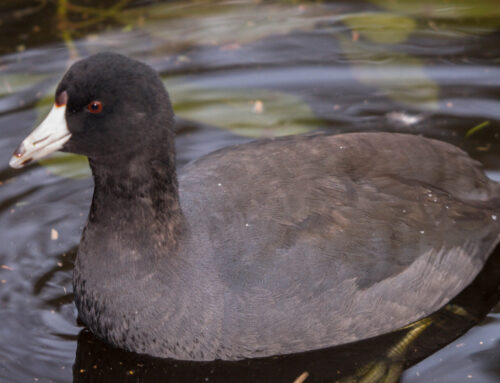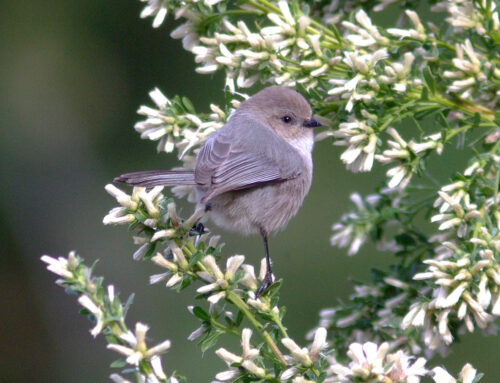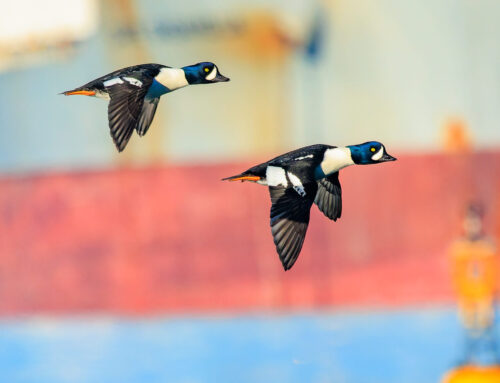Common Name
American Crow
Species Name
Corvus brachyrhynchos

©2017 Devon Yu
Appearance
33-49 cm length | 77-100 cm wingspan | 325–625 g weight
A large, stout perching bird with a strong, thick, slightly curved black bill, a long, squared tail and strong legs. They are glossy black all over with an iridescent sheen, and have black eyes, legs, and feet.
The Northwestern Crow was once considered a distinct species from the American Crow and is slightly smaller than other populations of American Crows with a lower, hoarser call. However, recent genetic studies have suggested the two represent regional variants of the same species.
Habitat / Behaviour
Omnivore | Urban, coast | Year-round in Vancouver | Lives up to 15 years
The American Crow is highly adaptable and can be found throughout North America in almost any habitat including woodlands, coasts, and well-developed urban environments.
The crows of the Pacific Northwest have a natural coastal diet of fish, shellfish, and crab. They will carry mussels into the air, dropping them on the pavement of rocks below to break them open. They will also take insects and other invertebrates, fruit, eggs, and the hatchlings of other birds.
Crows are among the world’s most intelligent animals, rivalling some apes. Tool use and even tool construction has been observed in controlled experiments and in the wild. Crows work together in flocks and will mob other birds or animals that pose a threat.
Birds such as crows, ravens and their relatives are called “corvids”. A group of crows is called a “murder”.






